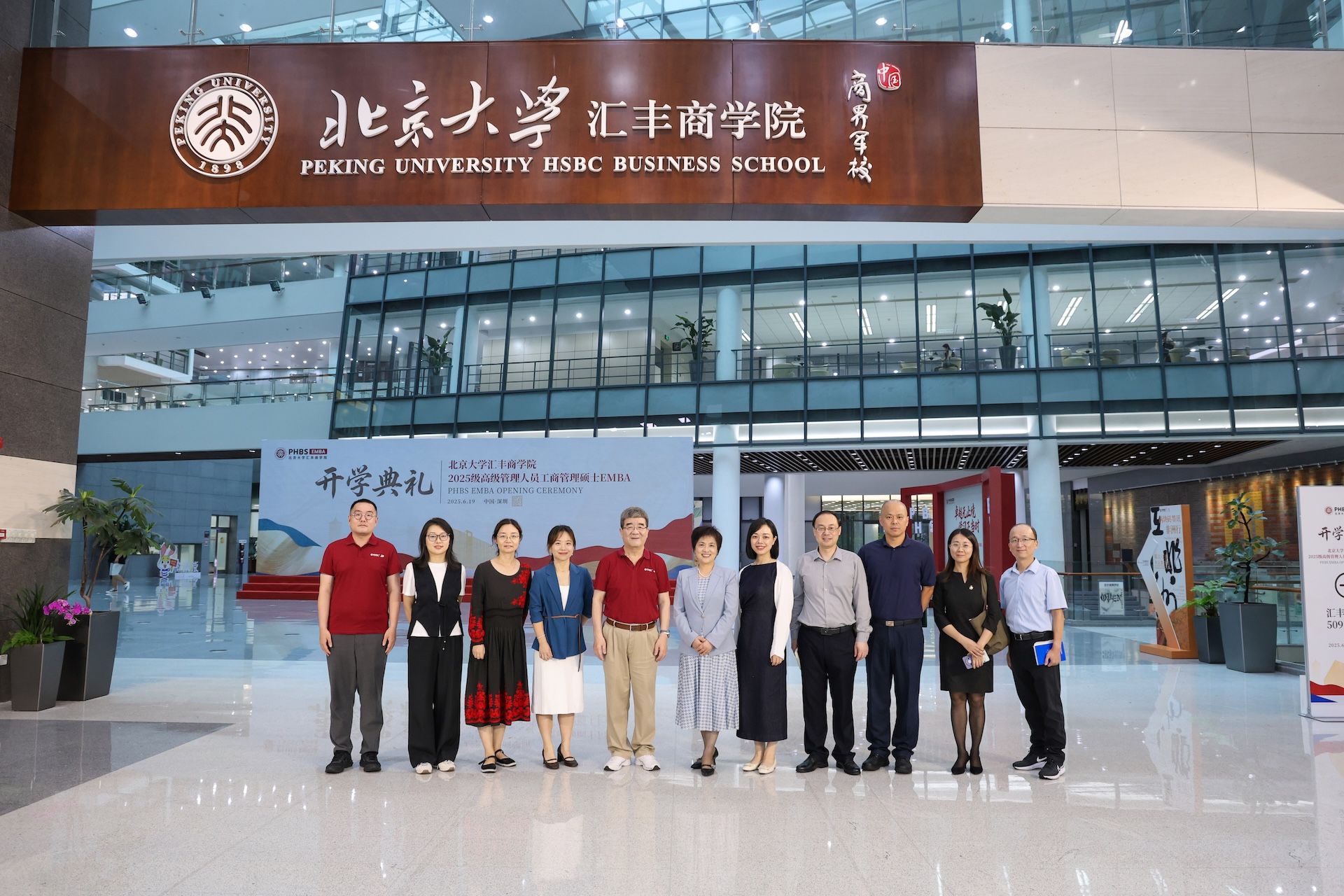Seminar: Strategic Interactions and Market Structure in the US Mobile Telecommunications Industry
2008-02-28 00:00:00
Presenter: Ms. Mian Dai
Topic: Strategic Interactions and Market Structure in the US Mobile Telecommunications Industry
Time:2:00-3:30pm, Sunday, March 2nd
Venue: E201
Mian Dai
Ph.D. Managerial Economics and Strategy (expected) June, 2008
Kellogg School of Management, Northwestern University, Evanston, IL
Dissertation: Essays on Empirical Analysis of the U.S. Wireless Telecommunication Industry
Adviser: Professor Shane Greenstein
B.S. Computer Science and Economics (with honor) June, 2003
California Institute of Technology (Caltech), Pasadena, CA
Paper Abstract
“Strategic Interactions and Market Structure in the U.S. Mobile Telecommunication Industry”
This paper investigates the determinants of wireless service provision across geographic locations using a hand-collected dataset. Through analyzing the wireless carriers' entry decisions at the city level, I uncover important details about industry competition that were overlooked by existing county-level analyses. The entry decision for each nationwide wireless carrier, together with the number of regional carriers, is formalized as the equilibrium outcome of a simultaneous-move game with complete information. The model identifies strategic interactions that arise from a competitor's market presence without imposing the specific restriction of positive or negative impact from such presence. I find that Cingular's entry decisions are a strategic complement to those of all nationwide carriers except Verizon. The market presence of Sprint raises the entry propensity of regional carriers, while Verizon's reduces their entry propensity. These findings suggest that it is important to account for strategic complementarities in firms' entry decisions. Failure to do so can overstate the degree of competition.









